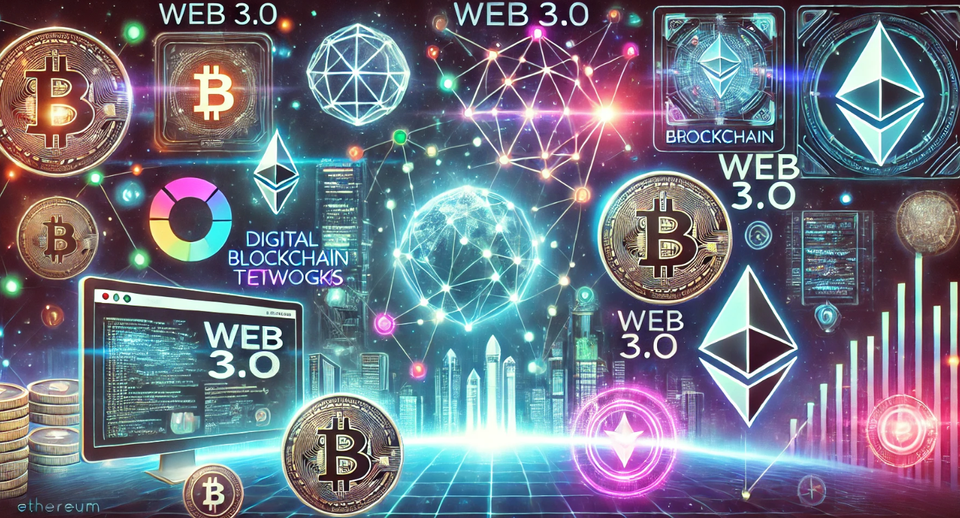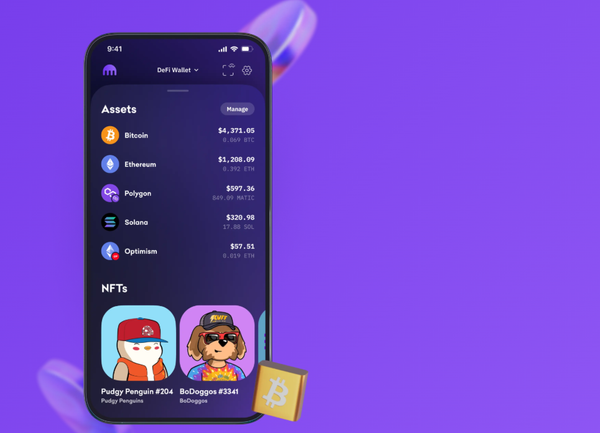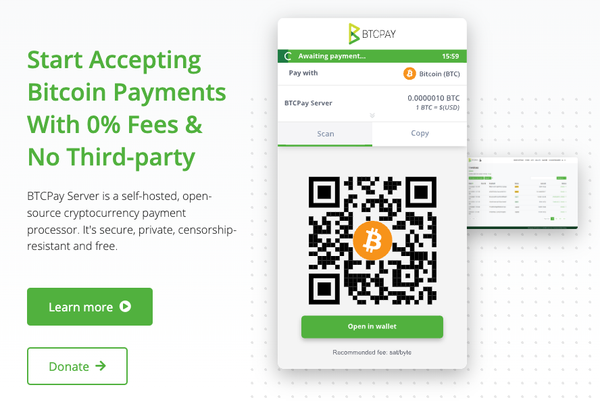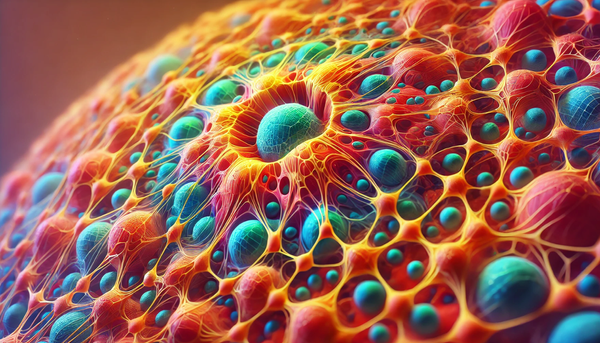Top 8 Technologies Revolutionizing Decentralized Web3 dApps Applications
Table of Content
The advent of decentralized applications (dApps) has transformed the landscape of digital technology, offering solutions that enhance security, privacy, and data sovereignty. Unlike traditional applications that rely on centralized servers, dApps operate on distributed networks, ensuring that no single entity has control over the entire system. This decentralization brings numerous benefits, such as improved resilience against failures, enhanced privacy, and reduced risks of data breaches.
Various technologies and frameworks have emerged to facilitate the development of dApps, each with unique features and applications across multiple sectors, including healthcare, accounting, artificial intelligence (AI), security, privacy, and the legal sector.
Decentralized technologies are not entirely new. Historical attempts, like Freenet, paved the way by offering censorship-resistant data sharing, though they faced challenges in adoption and scalability.
Today, modern frameworks like IPFS and Ethereum build on these early efforts, providing robust infrastructures that support diverse and scalable decentralized applications.
Successful implementations of these technologies demonstrate their potential and effectiveness in real-world scenarios, encouraging broader adoption and further innovation in decentralized computing.
In the following list, you will find the best techs to build your next dApps.
1. Dat Browser (Beaker)
Beaker Browser is an experimental peer-to-peer web browser that allows users to create and host websites directly from their own computers using the Dat protocol. The Dat protocol is designed for secure, decentralized data sharing.
Beaker Browser, originally developed to utilize the Dat protocol for peer-to-peer web hosting, is no longer actively maintained. The project has been archived, and the development has officially ceased.
The browser aimed to enable users to create, host, and share websites directly from their computers, leveraging a decentralized network model similar to BitTorrent.
- Usage: Ideal for decentralized websites and applications.
- Statistics: Over 3 million downloads.
- Successful Apps: Dat Project, Science Fair.
Features
Key features include:
- Peer-to-Peer Hosting: Websites are hosted directly by users, enabling a decentralized web.
- Forkable Websites: Users can clone and modify websites, encouraging collaboration.
- Offline-First: Data can be accessed and shared even without an internet connection.
- Privacy and Security: Enhanced privacy controls and secure data sharing.
2. IPFS (InterPlanetary File System)
IPFS is a peer-to-peer hypermedia protocol designed to make the web faster, safer, and more open. It aims to replace the traditional client-server model with a decentralized network of nodes.
- Usage: Content addressing, decentralized storage.
- Statistics: 200,000+ nodes, 30 million+ unique files.
- Successful Apps: Filecoin, DTube, OpenBazaar.
Features
- Content Addressing: Files are identified by their content (cryptographic hash) rather than their location.
- Decentralized Storage: Files are distributed across multiple nodes, reducing dependency on centralized servers.
- Improved Performance: Efficient data retrieval from the nearest or fastest node.
- Resilience: Data remains accessible even if some nodes go offline.
Website: IPFS

3. ZeroNet
ZeroNet is a decentralized web-like network that uses Bitcoin cryptography and BitTorrent technology.
It allows users to publish static or dynamic websites without relying on centralized servers. ZeroNet uses Bitcoin cryptography and BitTorrent technology.
- Usage: Decentralized websites, real-time updates.
- Statistics: 1,000+ active sites, 20,000+ downloads.
- Successful Apps: ZeroBlog, ZeroMail.
Primary Features
- Decentralized Hosting: Websites are hosted across multiple nodes, similar to BitTorrent.
- Bitcoin Cryptography: Ensures secure user identities and website updates.
- Real-Time Updates: Changes to websites are instantly distributed across the network.
- Anonymity: Supports the Tor network for anonymous browsing and hosting.
Website: ZeroNet
4. GUN
GUN is a decentralized, real-time, offline-first, graph database. It enables users to build scalable and performant applications with real-time data synchronization across multiple nodes.
- Usage: Real-time data sync, scalable apps.
- Statistics: 10 million+ monthly downloads.
- Successful Apps: LocalFirst, Eris Industries.
GUN Features
- Decentralized Data Storage: Data is stored and synchronized across multiple nodes.
- Real-Time Synchronization: Ensures instant data consistency across connected nodes.
- Offline-First: Data remains accessible and operational without an internet connection.
- Scalability: Designed to handle large-scale applications with high data throughput.
Website: GUN
GitHub: GUN on GitHub
5. Ethereum
Ethereum is a decentralized platform that runs smart contracts: applications that run exactly as programmed without any possibility of downtime, fraud, or third-party interference. Ethereum runs smart contracts and decentralized applications (dApps).
- Usage: Smart contracts, dApps.
- Statistics: 3,000+ dApps, $30 billion+ in transactions.
- Successful Apps: Uniswap, CryptoKitties, MakerDAO.
Features
- Smart Contracts: Automated, self-executing contracts with the terms directly written into code.
- Decentralized Applications (dApps): Build applications that run on a decentralized network.
- Ethereum Virtual Machine (EVM): Runs the decentralized apps and smart contracts.
- Token Standards: Supports the creation of digital tokens (ERC-20, ERC-721) for various uses.
Website: Ethereum
6. Holochain
Holochain is a framework for building fully distributed, peer-to-peer applications. Unlike traditional blockchains, it allows each user to own their own data and interact directly with others.
- Usage: Decentralized apps, agent-centric data.
- Statistics: 1,000+ active developers.
- Successful Apps: HoloFuel, Junto.
Key Features
- Agent-Centric Architecture: Each user has their own chain and data.
- Scalable and Efficient: Avoids the scalability issues of traditional blockchains.
- Decentralized Control: No central servers or points of control.
- Versatile: Suitable for a wide range of applications, from social networks to supply chains.
Website: Holochain
7. Blockstack
Blockstack is a decentralized computing network and app ecosystem that puts users in control of their identity and data. It provides a full stack for building decentralized apps.
- Usage: Decentralized identity, data ownership.
- Statistics: 400+ apps, 1 million+ users.
- Successful Apps: Graphite Docs, Sigle.
Features
- Decentralized Identity: Users maintain ownership of their identities.
- Data Ownership: Data is stored in user-controlled storage systems.
- Smart Contracts: Built on the Stacks blockchain for secure transactions.
- Secure Authentication: User authentication without passwords.
Website: Blockstack
8. Arweave
Arweave is a decentralized storage network that seeks to offer a platform for the indefinite storage of data. It uses a novel blockchain-like structure called the Blockweave.
- Usage: Permanent storage, efficient data replication.
- Statistics: 50 million+ stored objects.
- Successful Apps: Permaweb, ArDrive.
Key features
- Permanent Storage: Data is stored permanently with a single upfront fee.
- Efficient Storage: Uses a unique Proof of Access consensus mechanism.
- Content Availability: Data is replicated and available across the network.
- Developer Tools: APIs and SDKs for easy integration into applications.
Website: Arweave
These technologies enable the creation of decentralized applications that are secure, resilient, and give users control over their data, paving the way for a more open and decentralized internet.












